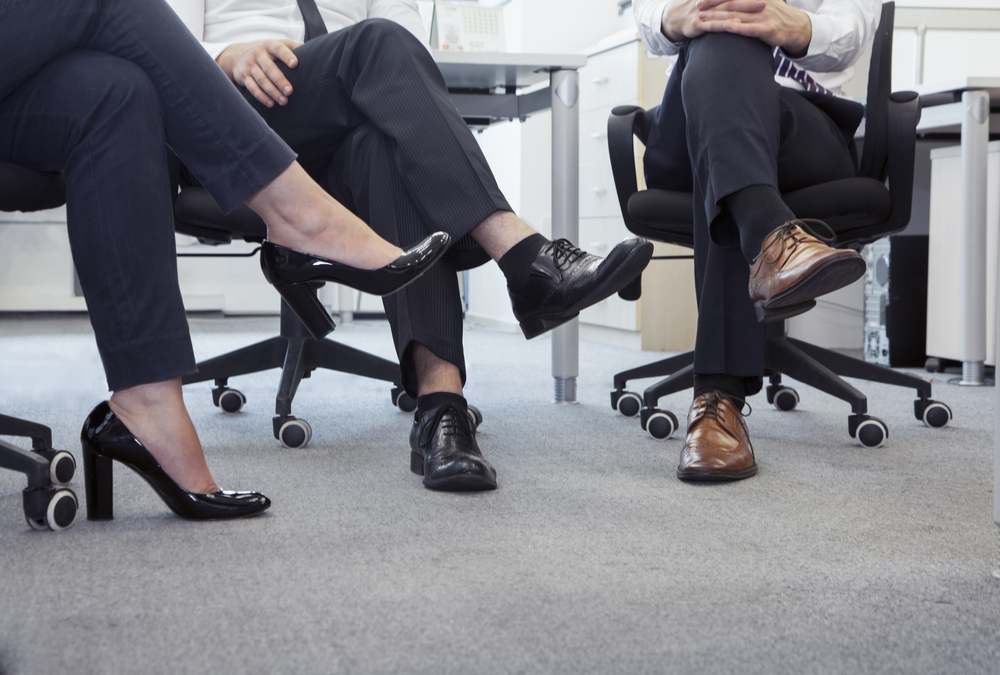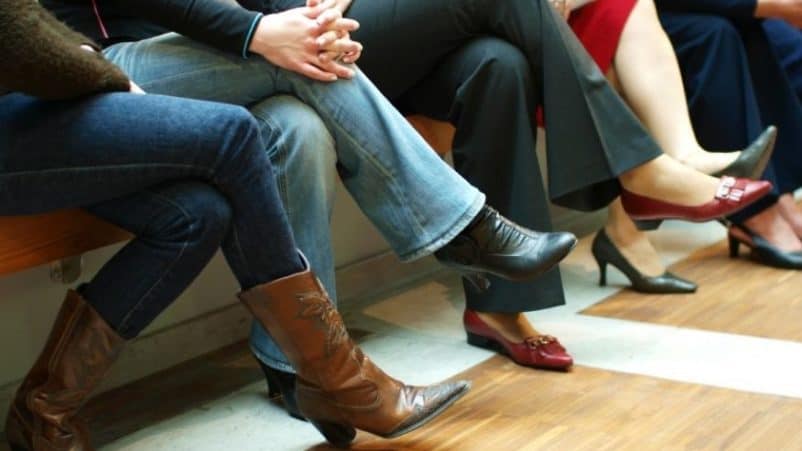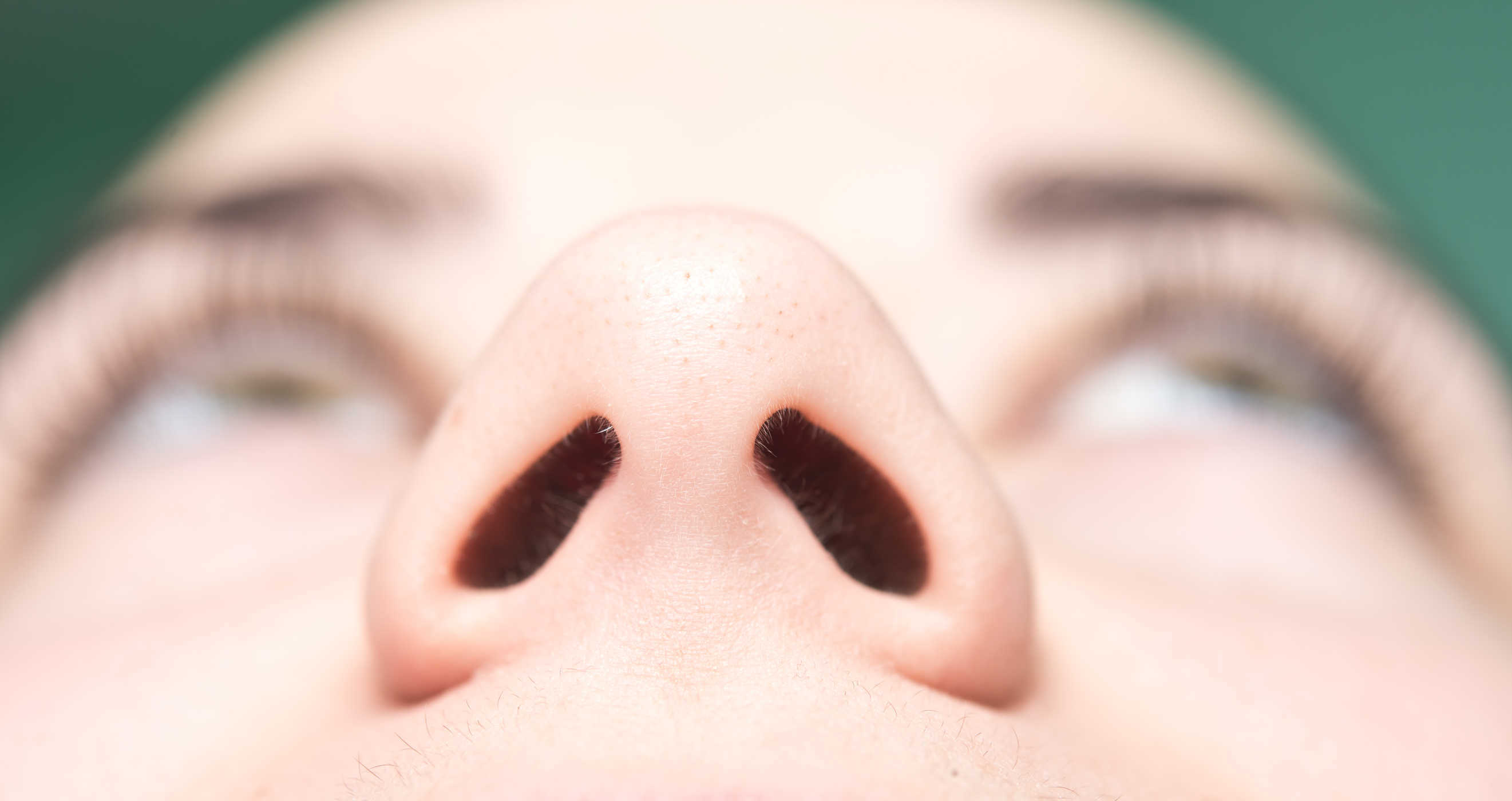Contents:
- Medical Video: NEVER CROSS YOUR LEGS: 5 REASONS WHY
- Can our way of sitting increase blood pressure?
- Crossing your legs also saves other dangers
- How do you get rid of the habit of crossing your legs?
Medical Video: NEVER CROSS YOUR LEGS: 5 REASONS WHY
How do you sit? Is the leg crossed? Crossing your legs is one of the sitting habits that women often do. For women, sitting with legs crossed does look more graceful than widening both legs. However, it turns out that the crossed legs save a danger that people might rarely know. One of them is can increase blood pressure.
Can our way of sitting increase blood pressure?
This is a fact that is rarely known to many people. According to a study published in Blood Pressure Monitoring, sitting with crossed legs can increase blood pressure, but only temporarily.
Crossing your legs increases systolic blood pressure by almost seven percent and diastolic by two percent. Systolic pressure or the number of blood pressure is pressure when the heart is pumping blood. Meanwhile, diastolic pressure or the number below blood pressure is the heart rate is resting to fill the blood to the heart.
The study also said that hypertensive patients should avoid crossing their legs during a blood pressure check.
Because, this sitting habit has been found to increase systolic and diastolic blood pressure. While in non-hypertensive patients only causes increased systolic pressure. So keep your feet fixed on the floor while doing a blood pressure check.
This is because the legs are crossing, pushing more blood to the heart. Although, crossing your legs can cause a temporary increase in blood pressure, this does not mean it will endanger your heart's health or cause a very risky blood pressure boost.
However, if you are at risk of having blood clots, you should discuss it with your doctor about how to sit healthy and how your posture can affect your health.
Crossing your legs also saves other dangers
According to Dr. Stephen T. Sinatra, FACC, a cardiologist and author of The Great Cholesterol Myth, often crossing legs can make hip joints stressful and can cause blood collection in the legs when blood vessels are compressed. This can make you vulnerable to inflammation of blood vessels in the lower leg and possibly blood clots.
In addition, the crossing leg can also cause back and neck pain. Your hips will be slightly twisted when crossing your legs and causing an imbalance in the pelvis. This will put pressure on the spine and possibly cause back pain and even later neck pain.
Crossing your legs for a long time can also cause unpleasant sensations in the legs and lower legs such as cramps, numbness or tingling. Although only temporary, if done every day and in a long time can finally have a negative impact on your nerves in the foot.
How do you get rid of the habit of crossing your legs?
If you feel too long crossing your legs and too often, try to avoid them for more than 10-15 minutes. Every half hour, you have to get up and walk around.
Also, try using a decent chair that provides good support for your lower back. The foot must also touch the floor so that there is no excessive pressure in one part.













